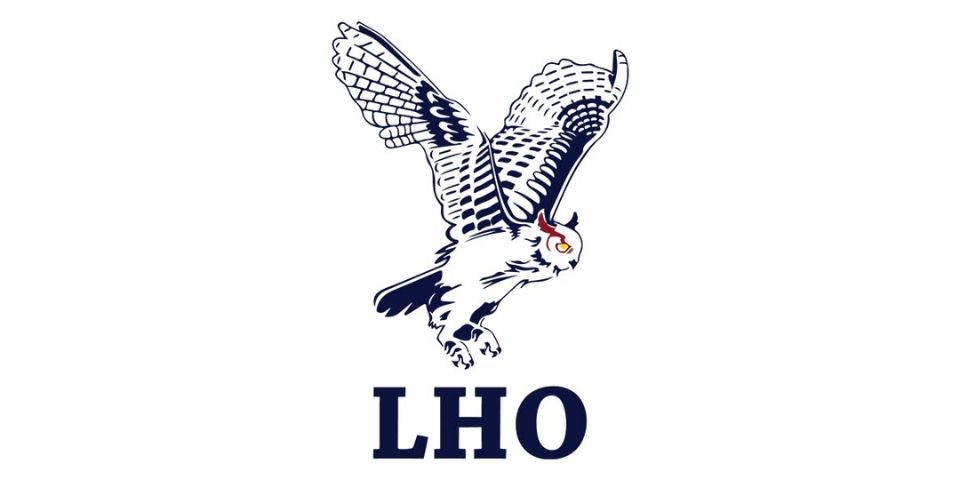Mini battery-powered unmanned aerial vehicles (UAVs) come in all shapes and sizes and have become ubiquitous in both the private and public sectors. They’re used for a wide variety of activities and missions, including recreation, commerce, intelligence gathering, and warfighting.
However, while UAVs provide great enjoyment and utility, they also come with an unfortunate limitation—they tend to be somewhat noisy and have limited flight times. While this is less of an issue for recreational and commercial UAVs, for the military and intelligence community, it’s a real problem. Because to be effective, UAVs need to be operationally quiet, with extended flight times, and optimized for performance under a wider variety of environmental conditions.


